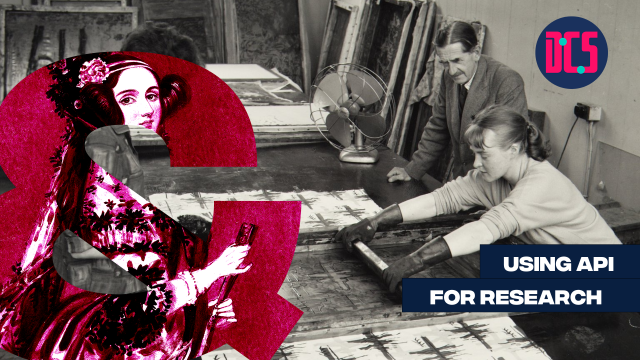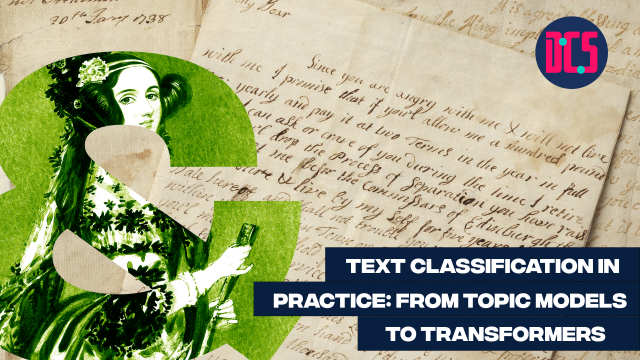Image to Tech: Introduction to Text Extraction
In Person
Do you need to analyse text in your research, but only have images or scanned PDFs to work with? This training session is the perfect introduction to extracting text from images into a machine-readable data format. This workshop will give you an overview of text extraction and how Optical Character Recognition (OCR) works in practice, how you can plan your projects, and what potential challenges you might face. We’ll use free, out-of-the box options that are widely available, and you will leave the workshop prepared to use text extraction in your own projects.
This is a beginner-level workshop and does not require prior programming knowledge. No previous knowledge on the topic is required/expected and the trainer will cover the basics of the method.
After taking part in this event, you may decide that you need some further help in applying what you have learnt to your research. If so, you can book a Data Surgery meeting with one of our training fellows.
More details about Data Surgeries.
Those who have registered to take part will receive an email with full details on how to get ready for this workshop.
If you’re new to this training event format, or to CDCS training events in general, read more on what to expect from CDCS training. Here you will also find details of our cancellation and no-show policy, which applies to this event.
If you are interested in more training on digitised documents you can look at Working on digitised Manuscripts with Transkribus.
Return to the Training Homepage to see other available events.
Digital Scholarship Centre
Digital Scholarship Centre, 6th floor
Main Library
University of Edinburgh
Edinburgh EH8 9LJ













